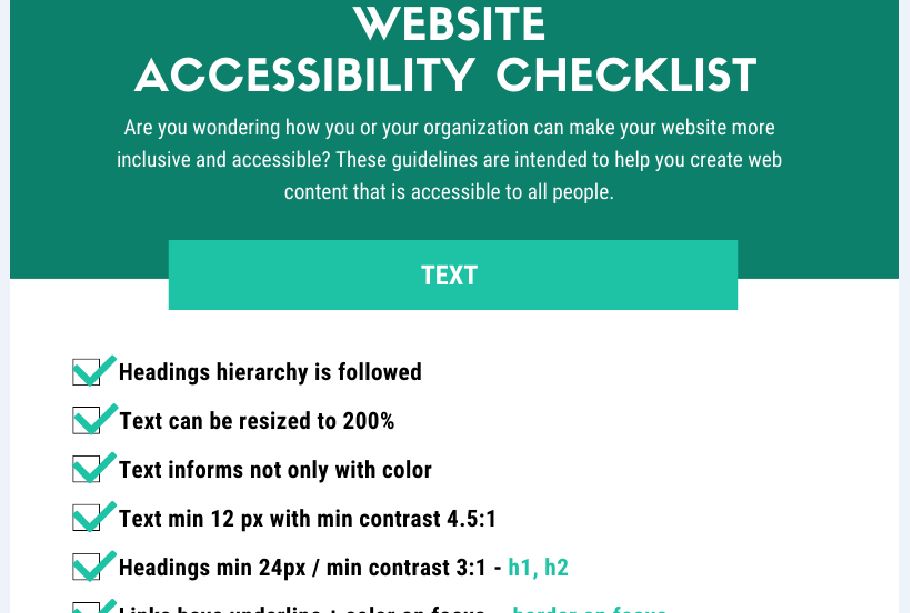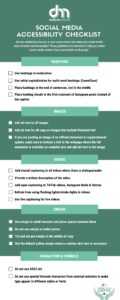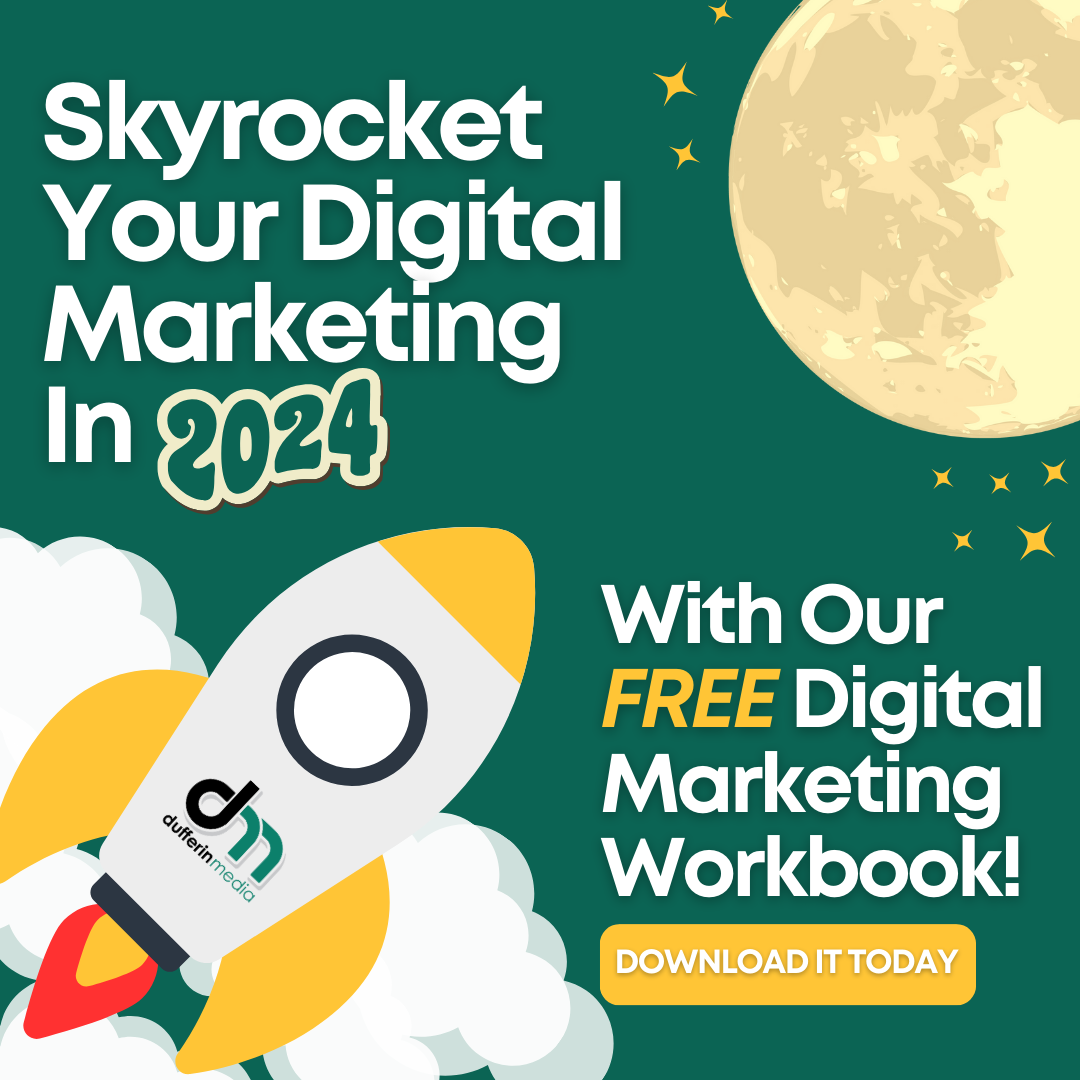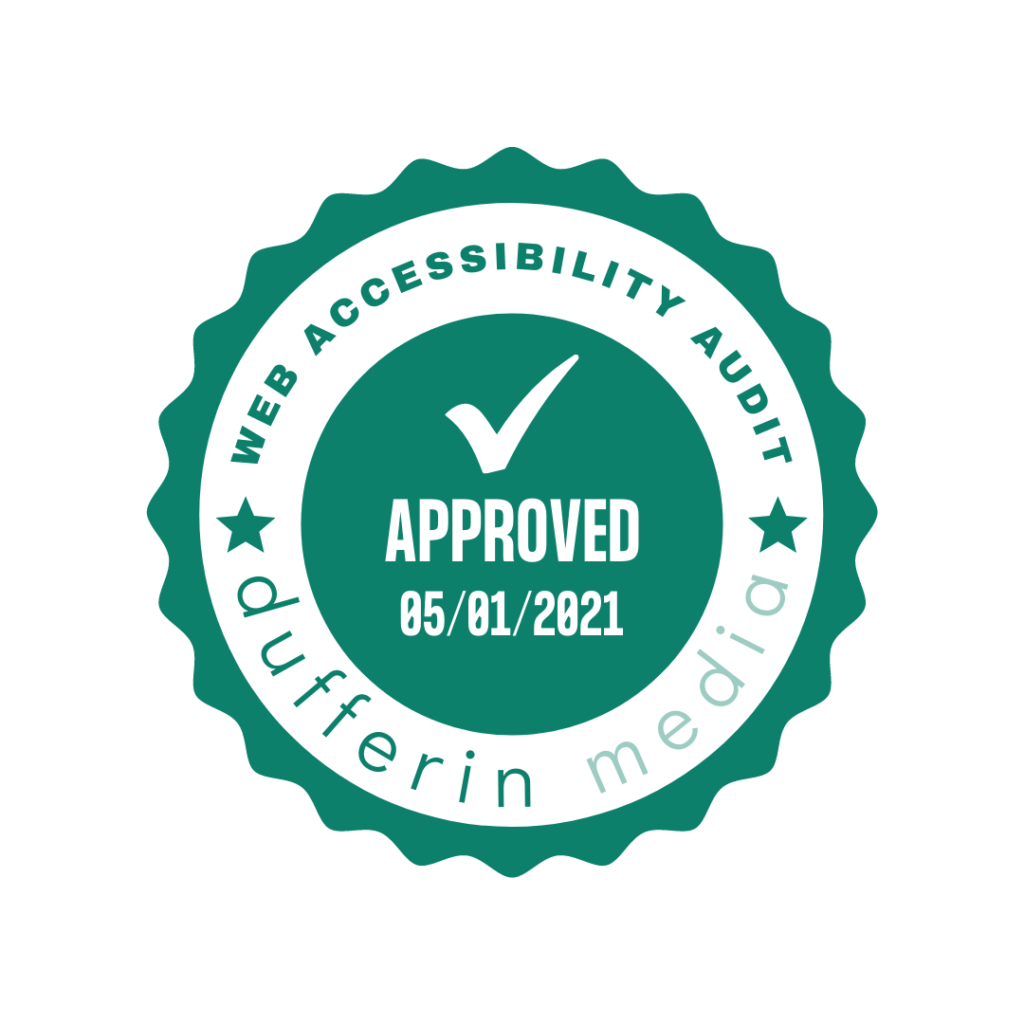Social Media Accessibility Checklist

Social Media Accessibility Checklist
Social Media Accessibility Checklist. The power of the Web is in its universality. Access by everyone regardless of disability is an essential aspect.” – Tim Berners-Lee, Computer Scientist
A Few Things to Consider to Ensure your Social Media is Accessible

When it comes to your social media, there are a few key things to consider to ensure that your content and captions are accessible to all. This article will explain the 5 key factors you can do to make your images, videos and copy accessible.
HASHTAGS
Hashtags are a great way to connect your content to what is happening on social media. They allow you to connect your content to themes and conversations that surround a particular hashtag.
When it comes to using hashtags in an accessible manner there are a few things to keep in mind.
Use hashtags in moderation; approach the use of hashtags with a less is more attitude. Use strategically selected hashtags coupled with your key branded hashtags, limited to a total of 3 to 5 is plenty. Place these hashtags at the end of a sentence rather than within the body of the text. If your strategy uses multiple (5+) hashtags, otherwise known as hashtag clouds, post those in the first comment, this keeps the caption tidy.
Stringing together multiple words into hashtags using all lower-care letters is hard to read and decipher. Using what’s known as Camel Case is to emphasize individual words with the use of a capital at the beginning each individual words is recommended. For Example:
#CamelCase; using capitals letters to visually separate the individual words.
IMAGES
Images play an enormous role on social media; they gain attention, build loyalty, communicate information, and increase engagement.
To be fully accessible all images, even those attached to flatten text, must be attributed with descriptive text, or alternative text (alt-text), is a brief description of the content of the image.
If you are posting an image of an official statement or organizational update, make sure to include a link to the webpage where the full statement is available as readable text and add alt-text to the image.
VIDEOS
55% of people watch videos online daily, and social media videos generate up to 1200% more shares than text. Video helps brands reach new audiences, makes an impact on viewers and supports the like-know-trust factor.
To ensure that your videos are accessible add closed captioning to all videos where there is dialogue/audio, provide a written description of the video, add open captioning to TikTok videos, Instagram Reels & Stories and use live captioning for live videos. Refrain from using flashing lights/strobe lights in videos.
EMOJIS
Emojis are a fun way to accentuate the message in your social media. Ensuring that the emoji compliments the message and is appropriate and non-offensive, but it is also important to ensure that the emojis you are using are used in such a manner that they are accessible and do not pose barriers.
The provide accessible content use emojis in small amounts and place spaces between them, avoid using emojis as bullet points, save emojis for the end of sentences – do not place in the middle of copy – and finally, always default to the yellow emojis unless a custom skin tone is required.
CHARACTERS AND SYMBOLS
Keep your messaging simple and clean, avoid distraction with characters and symbols that may not translate across devices. Avoid the following to ensure that your content is accessible and transferable across social media platforms.
Do not use ASCII Art or special Unicode characters from external websites to make type appear in different styles or fonts
What is ASCII Art?
ASCII art is a graphic design technique that uses computers for presentation and consists of pictures pieced together from the 95 printable (from a total of 128) characters defined by the ASCII Standard from 1963 and ASCII compliant character sets with proprietary extended characters (beyond the 128 characters of standard 7-bit ASCII). The term is also loosely used to refer to text based visual art in general. ASCII art can be created with any text editor, and is often used with free-form languages. Most examples of ASCII art require a fixed-width font (non-proportional fonts, as on a traditional typewriter) such as Courier for presentation.
Source: WIKIPEDIA
What is Special Unicode Characters?
Unicode is a universal character encoding standard. It defines the way individual characters are represented in text files, web pages, and other types of documents. Source: TechTerms.com
If you would like a free accessibility audit please click here.







